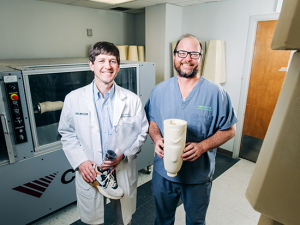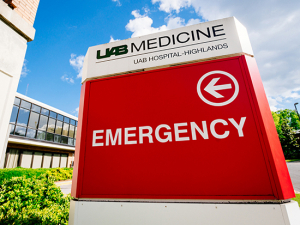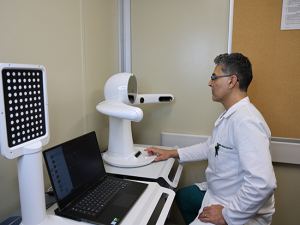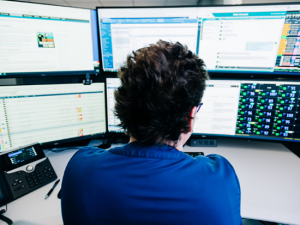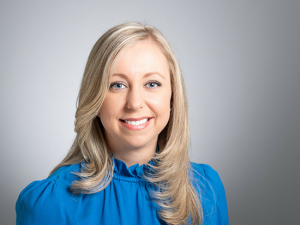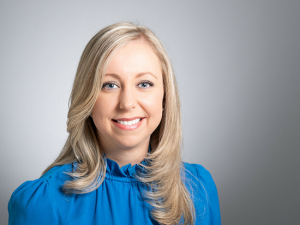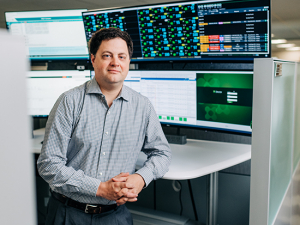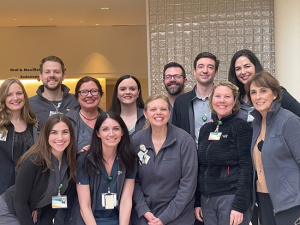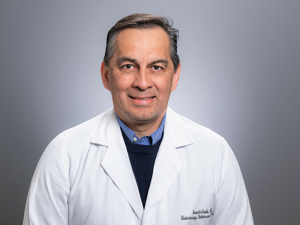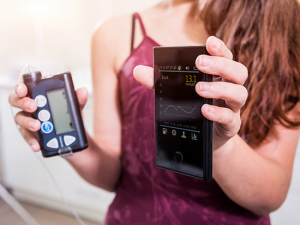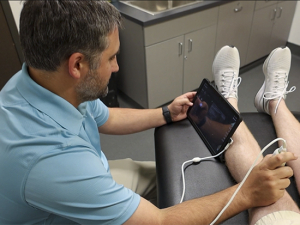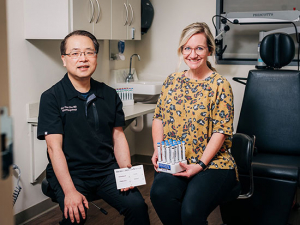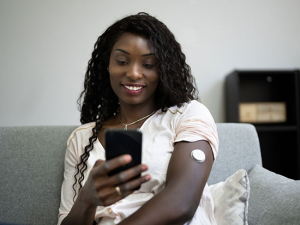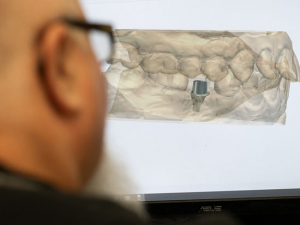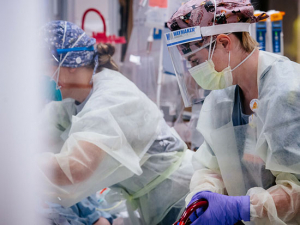 Insomnia diagnoses have skyrocketed nationwide in the past two decades, and sleeplessness is particularly rampant in Alabama. Sleep specialist Justin Thomas, Ph.D., explains common misconceptions that contribute to sleeplessness and the treatments that help most.Sleep specialist Justin Thomas, Ph.D., has grown accustomed to people looking at him like he is an eight-headed monster. That’s his way of referring to the reaction he gets from patients when he tells them about one of the most effective ways to overcome insomnia: sleep restriction.
Insomnia diagnoses have skyrocketed nationwide in the past two decades, and sleeplessness is particularly rampant in Alabama. Sleep specialist Justin Thomas, Ph.D., explains common misconceptions that contribute to sleeplessness and the treatments that help most.Sleep specialist Justin Thomas, Ph.D., has grown accustomed to people looking at him like he is an eight-headed monster. That’s his way of referring to the reaction he gets from patients when he tells them about one of the most effective ways to overcome insomnia: sleep restriction.
“They can’t get to sleep and have difficulty functioning during the day, and I tell them to spend less time in bed,” said Thomas, director of the Behavioral Sleep Medicine Clinic in the UAB Sleep/Wake Disorders Center and assistant professor in the Department of Psychiatry. “That is so counterintuitive, but it works.”
Sleep restriction is one element of cognitive behavioral therapy for insomnia, or CBTi, which has become the leading method of treating the most common sleep disorder. Every year, anywhere from 30-40% of adults in the United States report symptoms of insomnia: difficulty getting to sleep or staying asleep that results in daytime sleepiness or difficulties functioning. Insomnia is defined as chronic if patients have symptoms three or more times per week for three months or more.
Why can’t I sleep?
Insomnia often is triggered by a significant life stressor — a global coronavirus pandemic, for example. In December, Google reported that “Why can’t I sleep?” was one of its most-searched terms of 2020.
So it is interesting that Thomas says he hasn’t seen a huge uptick in patients in the Behavioral Sleep Medicine Clinic since the pandemic began. (The clinic has been seeing all patients through telemedicine visits since March.) But that’s because “the clinic is always busy,” Thomas said. “There is no shortage of people having trouble sleeping.”
That is true nationwide. Between 1993 and 2015, insomnia diagnoses rose 11-fold, to 9.4 million from 800,000 per year in the United States, according to a 2019 paper. But sleeplessness is a particular problem in Alabama, which ranks among the states with the highest prevalence of short sleep duration (less than seven hours per night, on average) in this report from the Centers for Disease Control and Prevention. Some 38% of Alabama adults overall get insufficient sleep, according to the latest national Behavioral Risk Factor Surveillance System survey data. Several counties, including Macon, Greene, Bullock and Perry, reported rates in the mid-40s.
Another reason why Thomas is always busy: he is one of only three specially trained behavioral sleep medicine specialists in the state of Alabama and a prolific researcher advancing the state-of-the-art in the field. (In September, he earned the Arthur J. Spielman Early Career Distinguished Achievement Award from the Society of Behavioral Sleep Medicine.)
“The field of sleep medicine is so young, we’re learning new things all the time,” Thomas said. Myths, misunderstandings and half-truths about sleep are everywhere, and these cognitive and behavioral factors often play a role in insomnia and other disorders, he explained.
If you are experiencing trouble sleeping, these five unhelpful thoughts may be to blame.
1. I need drugs to beat sleeplessness
One thing “that has been understood for a while,” Thomas said, is that prescription insomnia medicines such as eszopiclone (Lunesta) and zolpidem (Ambien) can be addictive and lead to serious injuries such as falls. The accumulated evidence triggered an FDA “black box” warning for these medicines in April 2019. “Prescribing people sleep medication has really fallen out of favor,” Thomas said. “Patients get dependent on them, they need higher doses over time to have the same effect and coming off of those drugs can be really hard.” The first-line treatment for insomnia now is CBTi. “It usually does a good job and has a more lasting effect than medications,” Thomas said. Most of his patient referrals come from physicians, either sleep physicians in the Sleep/Wake Disorders Center or primary care physicians in the community, Thomas said.
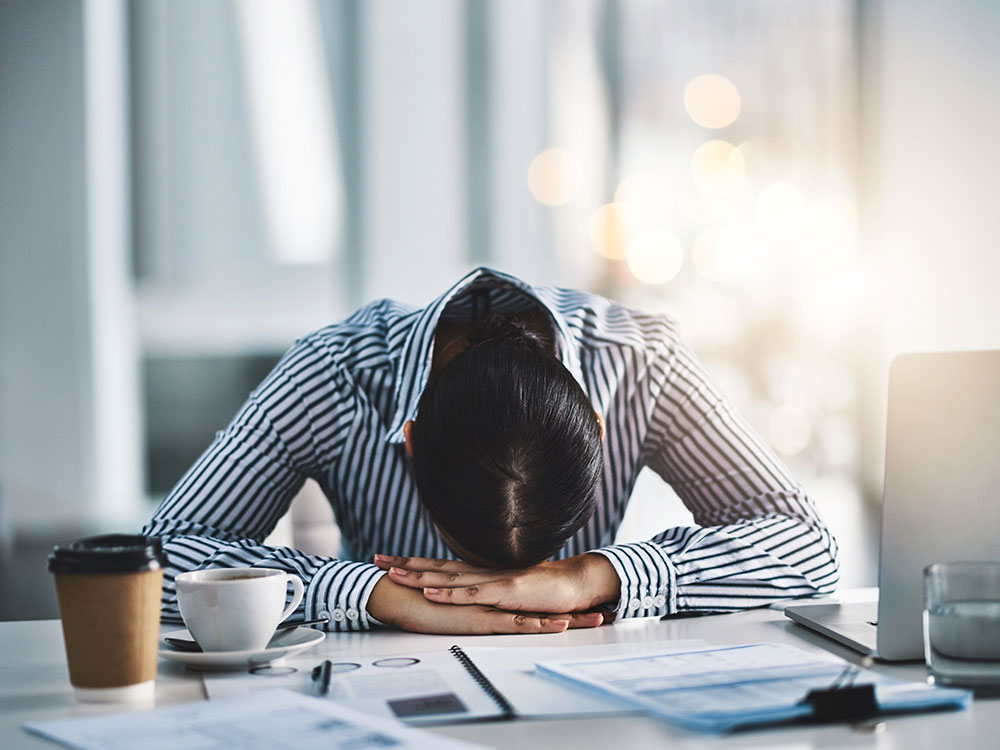
2. I need to get eight hours of sleep to function best
“Everybody sleeps, and everybody is interested in sleep,” Thomas said. “Any time I go to the grocery store with my badge on and they can see that I work in our sleep clinic, people want to tell me about their dreams.”
But just because we all sleep doesn’t mean our sleep needs are the same. “When you hear media outlets say people need eight hours of sleep, that’s overly simplistic,” Thomas said. “Some people only need six to seven hours. Other people can’t get by on eight and need more.”
The eight-hour myth bothers many people, though. “If you are one of those people who only need six to seven hours of sleep and you are getting that and are not excessively impaired during the day, there is no need to worry,” Thomas said.
There also can be a danger in paying too much attention to one’s ability to function during the day, Thomas added. “Many people come in and say, ‘I’m having memory problems and I’m fatigued during the day, so I must not be sleeping well,’“ Thomas said. “But in reality, the fatigue and other problems may be caused by thyroid issues, or low blood sugar or other medical conditions.”
Patients who come to the Sleep/Wake Disorders Center see specialists who can help rule out these other potential causes of fatigue. “It’s our job to tease out what is going on,” Thomas said. For instance, sleep apnea and insomnia are often linked together. “The sleep apnea could be causing the sleep issues, or you could have both at the same time, and the insomnia makes CPAP [a continuous positive airway pressure device, used to treat sleep apnea] use more difficult,” Thomas said. “In that case, once you have a CPAP machine to treat the apnea, we can help you deal with the insomnia.” If the issue seems to be behavioral, physicians will refer patients to Thomas and his team in the Behavioral Sleep Medicine Clinic. Often their first line of treatment will be CBTi.
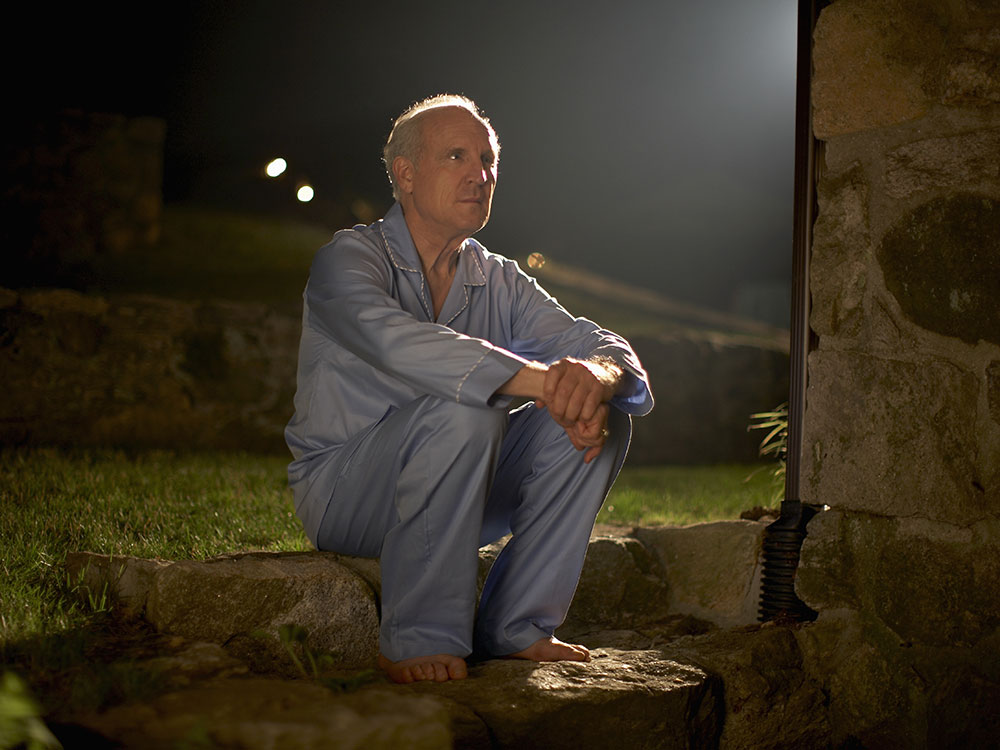
3. I need to go to sleep right now!
CBTi generally includes four pieces, Thomas said.
“We teach relaxation techniques — diaphragmatic breathing, passive muscle relaxation and what are called autogenic phrases,” he said. “There is a roughly 20-minute routine that we teach and that our patients practice every day until they get good enough to do it themselves.” Some patients find that these techniques alone can help them get to sleep, Thomas said. For others, it’s just the first step in the process. “I tell patients, ‘It’s not like Ambien.’ The goal is to get you to relax and calm down and move yourself closer to sleep.”
Stimulus control is another part of CBTi. “The stimulus for sleep is the bed, and we want to have control over the stimulus,” Thomas said. “That’s a set of rules to keep people from associating their beds and bedrooms with anything other than sleep and sex. Many people with insomnia lay there and toss and turn and get frustrated. The brain learns to associate the bed with wakefulness. We instruct you to not go to bed until you are sleepy, and if you can’t fall asleep for a period of time, to get up and go do something quiet and relaxing and return to bed when you feel sleepy.”
Sleep restriction may be the most counterintuitive part of CBTi. “We’re not really restricting sleep but reducing time in bed to match how much sleep you are actually getting,” Thomas said. “If you are only sleeping for six hours but you are lying in bed for nine hours, we get you to only spend six hours in bed. Most people do the opposite. If they have a bad night, they will spend more time in bed, drink caffeine during the day and maybe take a nap. That makes it even harder to sleep the next night, and it can start a cycle. Then they find themselves worrying about what will happen the next night and the cognitive piece comes into play.”
Finally, there is cognitive therapy, “which is a tool that psychologists use to identify thoughts that may or may not be accurate,” Thomas said. “It helps people identify the connection between thoughts and emotions, challenge those thoughts and help people come up with more helpful and realistic thoughts. We tell people, ‘Don’t look at the clock.’ They are lying in bed and telling themselves, ‘It’s 2 a.m. I need to fall asleep right now or I won’t be able to function.’ That’s not helpful. They put so much pressure on themselves that it creates performance anxiety. We get people to identify those thoughts that aren’t helpful and come up with more helpful thoughts. The nice thing is that it generalizes out to the rest of their lives. It can make an impact on anxiety and depression as well.”
On average, patients “see us for four or five visits,” Thomas said. “Especially if you can catch the insomnia earlier, CBTi works really well. The beauty is that once you get done seeing me you have skills to where if the insomnia comes back in five or 10 years you can treat yourself. And you don’t have to be taking a sleeping pill for the rest of your life.”
“I kind of joke that we should teach CBT as a life skill,” Thomas said. “It can prevent a lot of mental health concerns, and it’s not at all intuitive. It really is a game-changer in terms of life in general.”
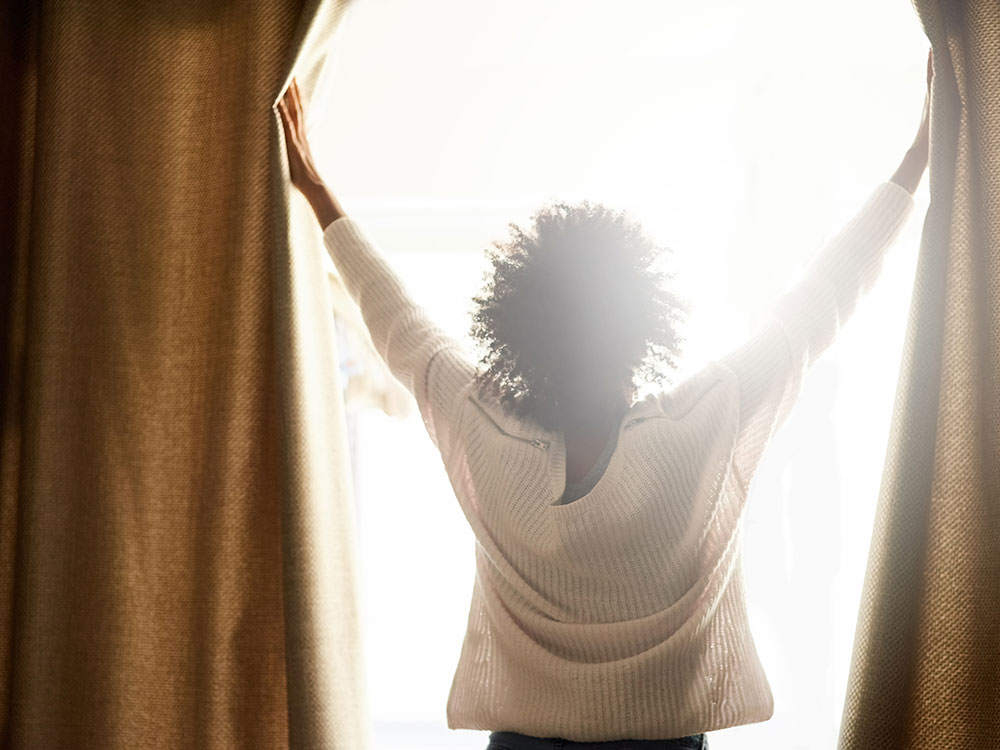
4. The early bird catches the worm
In addition to insomnia, Thomas and his staff treat patients who are having sleep issues related to adjusting to CPAP for sleep apnea, nightmare disorder and circadian rhythm sleep-wake disorders. That last type of sleep disorder, which is a particular research interest for Thomas, use light and precisely timed administration of melatonin as treatment.
“For lots of people, the workday starts at 8 a.m. or 9 a.m., and your work doesn’t care if you are a night owl or a morning person,” Thomas said. “The morning people get up early and have all kinds of time to get ready for work, while the night owls have trouble waking up and barely make it in. What I’ve noticed with the rise in telework during the pandemic is that more people are following their body’s cues and are going to bed and waking up when their bodies want to. And that has actually improved some of their sleep issues.”
One aspect of treatment in the Behavioral Sleep Medicine Clinic is “we get a sense of chronotype, which is the timing of when your body wants to sleep,” Thomas said. “There are morning people (larks), there are intermediates — which is the bulk of people — and there are night owls, and all of that is on a continuum. Genetics plays a big role in your ability to sleep, how much you sleep and the timing of sleep. Do you get your best work done in the morning or in the afternoon or evening? On the weekends do you prefer to stay up later and sleep later?”
Those questions get at the behavioral output of a person’s chronotype. “What’s really driving that, though, are the underlying circadian rhythms, which dictate when your melatonin levels rise,” Thomas said. “When it gets dark your brain starts to produce melatonin,” but the timing of melatonin production varies from person to person, he explained.
“We see a lot of adolescents with delayed sleep-wake phase disorder, which means your melatonin levels rise later than the average person,” Thomas said. “The clinical presentation is ‘I can’t go to sleep,’ which sounds like insomnia. But if you give them a sleeping pill that won’t necessarily work.” Instead, “what we do is administer bright light in the morning to advance the circadian phase and make it possible for someone to fall asleep earlier and more easily wake up for school or work — plus or minus some melatonin.”
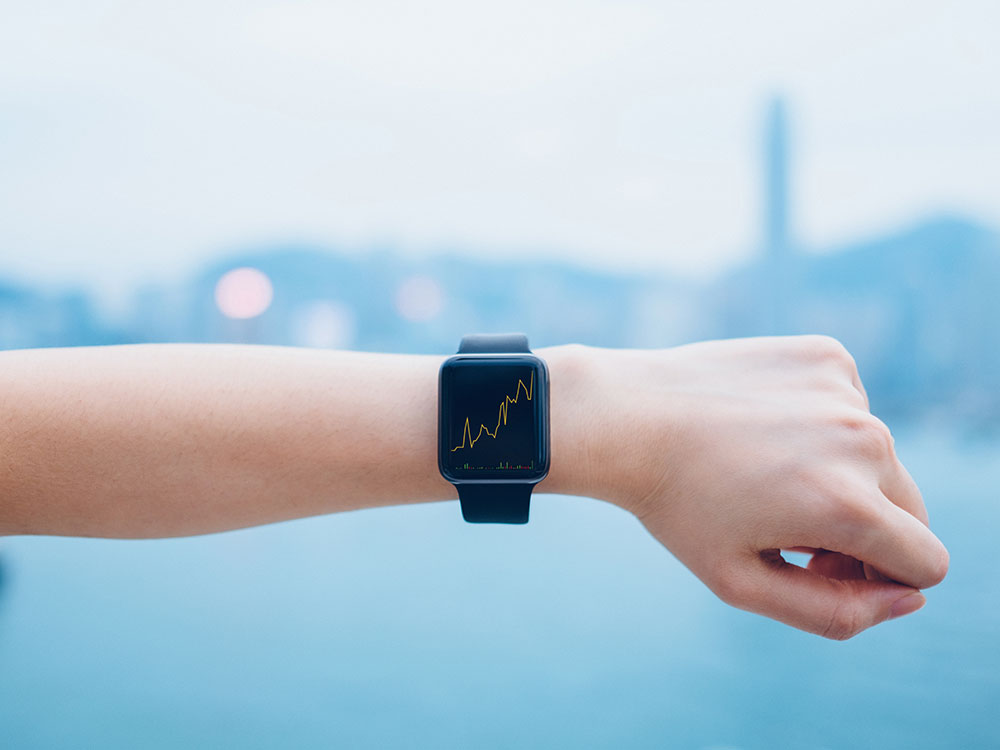
5. Tracking my sleep will help me get better sleep
One hot topic in sleep research surrounds the assessment of sleep, Thomas said. “Everybody has an Apple Watch or Fitbit now that can give them a report on their sleep, including how much deep sleep you are getting,” he said. “There was a paper published a few years ago talking about orthosomnia — how your tracking device is causing insomnia. You look at your watch and it says you got two hours of REM sleep last night and you start to catastrophize about that.” In reality, most of these devices aren’t that accurate, Thomas said. “The very definition of REM sleep requires EEG and eye-movement electrodes. And if I told someone they got two hours of REM sleep a night, how many people would know whether that’s good or bad? People are putting too much trust in these devices that they are giving accurate information, but to date there is not really a good device to tell you about sleep staging.”
Technology in general is having a negative impact on sleep, Thomas said. “People are busier than ever, and all this technology that allows us to be connected is making the problem worse. I see more and more patients who bring their cellphone into bed. You’re combining a light-emitting device with increased cognitive activity.” Artificial light is “playing a bigger and bigger role in people’s sleep,” Thomas said. “If the sun sets at 5 p.m. and you turn all the lights on and you decide you are going to go to bed at 10 p.m. but you are on your phone right up until that point, you are suppressing your melatonin levels. It takes time for them to rise. We are having to tell people, get off your phones and your computers a couple of hours before bedtime; be in dim light or darkness for a while before you try to go to sleep.”
Taking control of your thoughts
Cognitive factors play a major role in shaping our mood — and our overall health. The current COVID-19 pandemic is a case in point. “You often don’t have control over the situation you are in,” Thomas said. “But you do have control of how you view the situation.”
Here’s the situation at Thomas’s own house: “My wife is a physician, we have young children including a 5-month-old, our kids are doing online school and my wife and I have been working from home a lot,” he said. “I can think, ‘My kids require a lot of attention, I don’t have as much time to do my work, I can’t get out and do the things I normally do.’ All those thoughts are associated with really negative emotion. Or I can also think, ‘How many times in my life am I going to be able to spend this much time with my kids, one-on-one? I’m usually so busy.’
“It’s the same situation; nothing has changed. But if you introduce this counter-thought, it softens things a bit. At the end of the day, that is a lot of what we’re doing with cognitive therapy: helping people take control of what they think in their day-to-day lives.”
 “Prescribing people sleep medication has really fallen out of favor," said Justin Thomas, Ph.D., director of the Behavioral Sleep Medicine Clinic in the UAB Sleep/Wake Disorders Center. "Patients get dependent on them, they need higher doses over time to have the same effect and coming off of those drugs can be really hard.” The first-line treatment for insomnia now is cognitive behavioral therapy for insomnia (CBTi). “It usually does a good job and has a more lasting effect than medications.”
“Prescribing people sleep medication has really fallen out of favor," said Justin Thomas, Ph.D., director of the Behavioral Sleep Medicine Clinic in the UAB Sleep/Wake Disorders Center. "Patients get dependent on them, they need higher doses over time to have the same effect and coming off of those drugs can be really hard.” The first-line treatment for insomnia now is cognitive behavioral therapy for insomnia (CBTi). “It usually does a good job and has a more lasting effect than medications.”